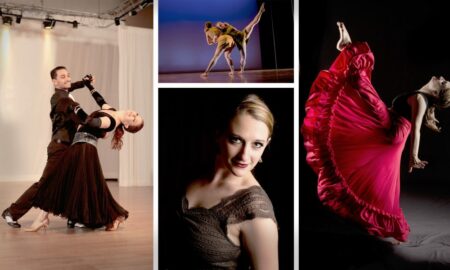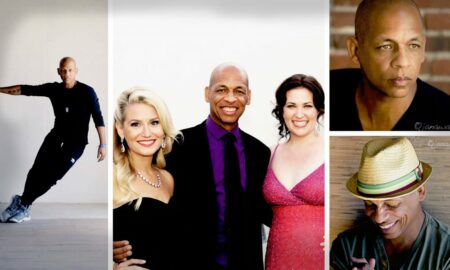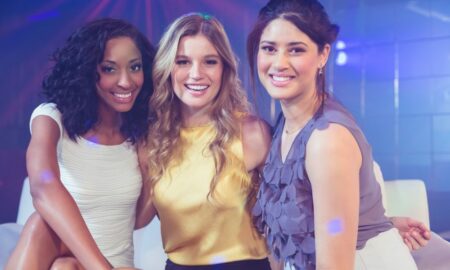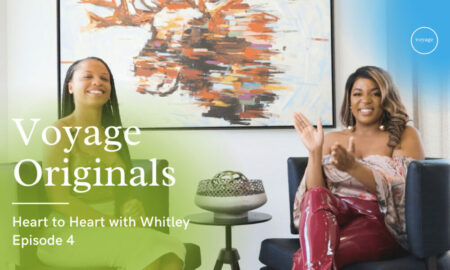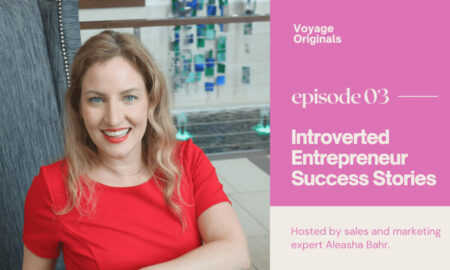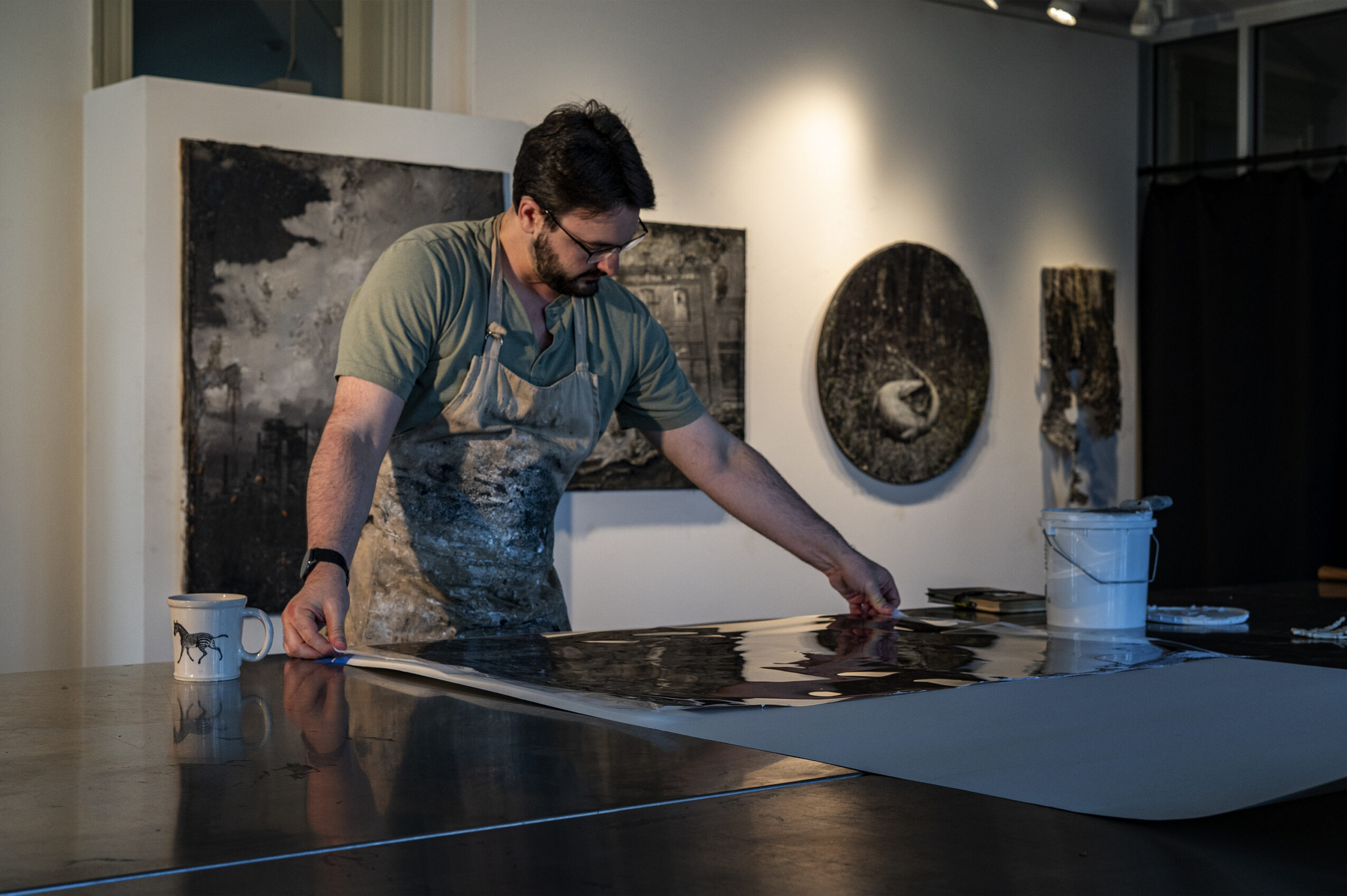

Today we’d like to introduce you to Seth Cook.
Alright, so thank you so much for sharing your story and insight with our readers. To kick things off, can you tell us a bit about how you got started?
I was born in a small town along the Bayou Teche in South Central Louisiana. I discovered my passion for photography and art early on, first picking up my mom’s camera during a family vacation trip. I went on to earn a Bachelor of Fine Arts in Photography from the University of Louisiana at Lafayette, followed by a Master of Fine Arts in Photography from Indiana University Bloomington in 2020. After graduating, I moved to Cincinnati, Ohio, where I continued my creative development through a 10-month artist residency at Manifest Creative Research Gallery and Drawing Center. A year later, I was offered a position teaching photography at Georgia College & State University, where I’ve now taught for nearly four years. During this time, I’ve steadily built connections in the Atlanta art scene, collaborating with local art organizations such as Fall Line Press and continuing to grow my practice as an artist.
Alright, so let’s dig a little deeper into the story – has it been an easy path overall and if not, what were the challenges you’ve had to overcome?
No, it hasn’t been a smooth road—but that’s often the case in the arts. Growing up in a small town in South Central Louisiana, I didn’t have access to art communities or resources. Aside from one incredibly supportive high school teacher, there wasn’t much guidance. I had to be self-driven, learning through trial and error and trusting my instincts early on. I knew I had to leave home to grow, which is what led me to pursue graduate school in the Midwest. Moving to a new environment vastly different than my own was a major shift. Those three years were tough, but they taught me resilience. I grew not just as an artist, but as a person—learning to face doubt, stay curious, and keep pushing forward.
I finished my MFA in 2020 which, as you can imagine, wasn’t the best year for anyone. With no clear path ahead, I found ways to keep making—sometimes working from my patio or even a closet-turned-studio. The residency in Cincinnati gave me space to continue, even as I worked retail to stay afloat. It wasn’t easy, but I stayed committed to the process and my work. Things began to shift in 2022 when I was offered the chance to teach at Georgia College. Losing my mom in 2021 was the hardest part of my journey. She was one of the few who truly believed in what I was doing, and it’s hard knowing she didn’t get to see me take that first step into a professional art career.
Thanks for sharing that. So, maybe next you can tell us a bit more about your work?
My work is rooted in photography but expands into experimental, tactile processes that connect my creative practice with deeper meaning. I use techniques like gel transfers, Polaroid emulsion lifts, and alternative darkroom methods that align closely with my core themes. These layered approaches often explore memory, environmental loss, and cultural history, inviting viewers to engage beyond the image itself.
One of my central projects, What I Saw in the Water, reflects on the environmental and cultural devastation of the Gulf Coast, where I grew up. I began this series in graduate school, developing a photo transfer process that treats the photographic surface like a wet painting. By smearing, scratching, or removing parts of the image, I explore the lingering impact of disasters like Hurricane Katrina and the BP Oil Spill. The work challenges the illusion of control over nature and acts as both a personal reflection and a broader call to remember and reckon with loss.
Can you share something surprising about yourself?
Something that might surprise people is that I often carry a journal with me. It’s a space where I write personal reflections, research notes, poetry, and rough sketches. I also tape in small photographs—sometimes printed in the darkroom, other times from a printer. It’s a private part of my process that helps me slow down and stay connected to my ideas beyond the studio. Aside from that, I’m also left handed, which suprisingly surprises many of my students when they first see me writing or drawing.
Contact Info:
- Website: http://seth-cook.com
- Instagram: s.adamcook.art

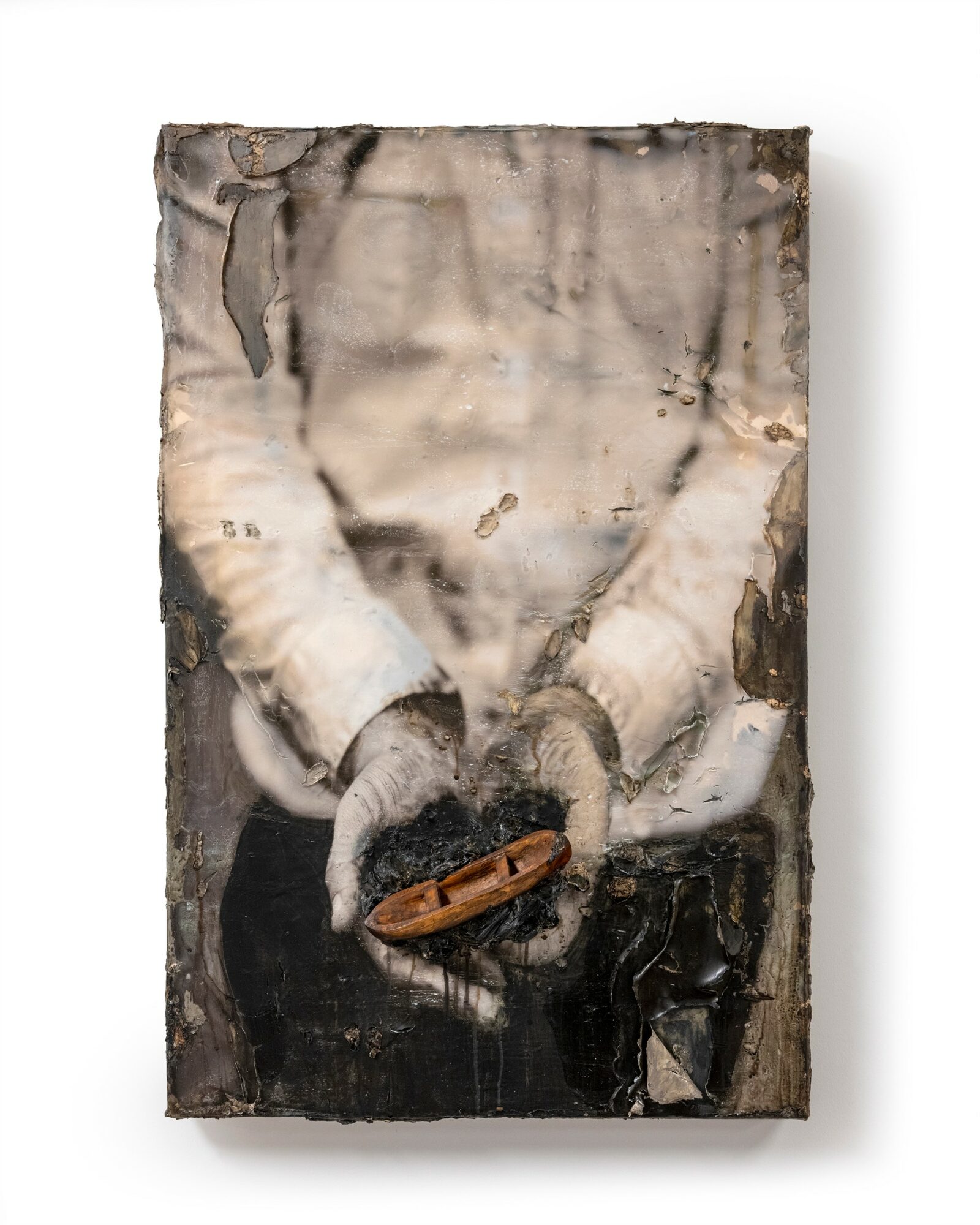
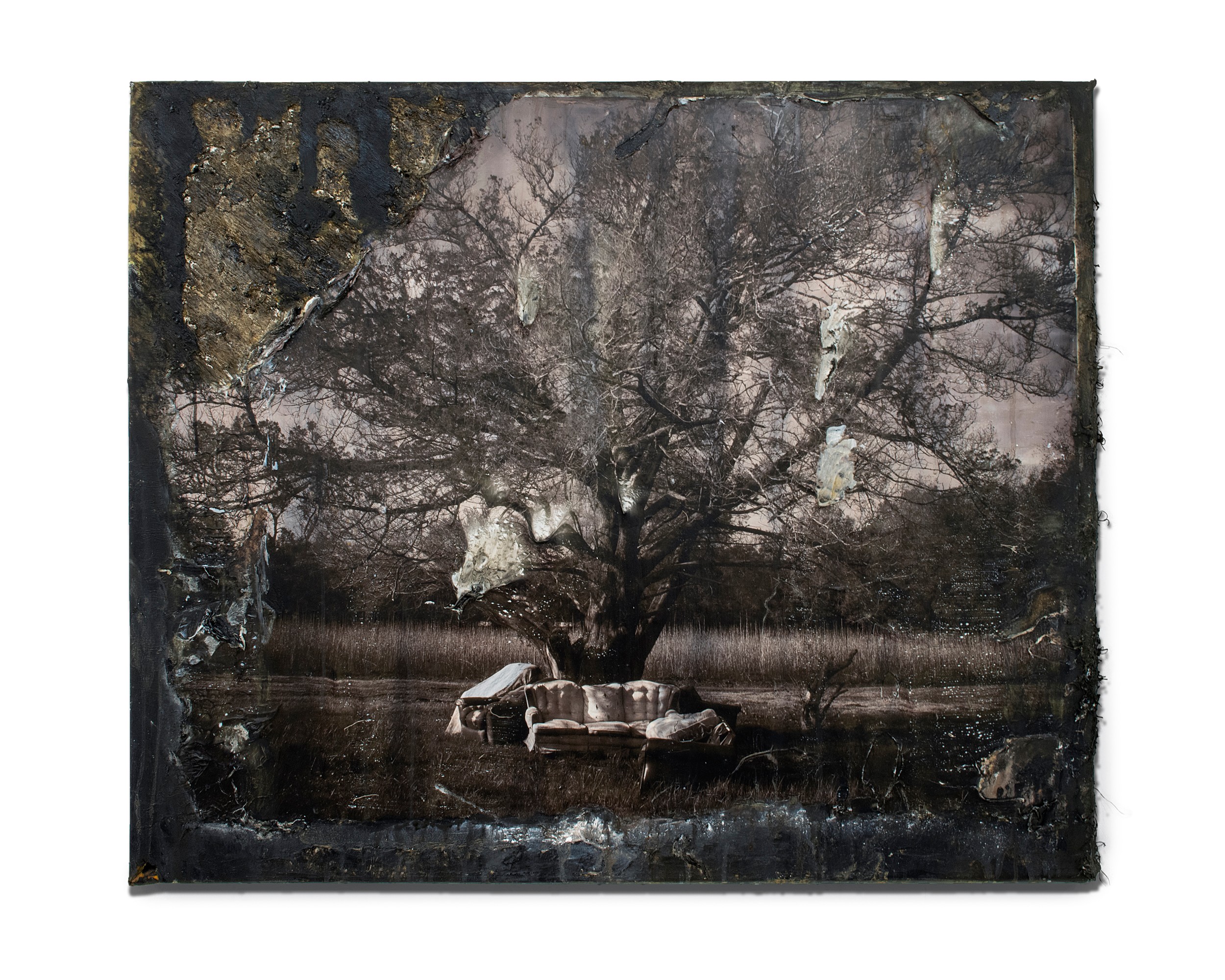
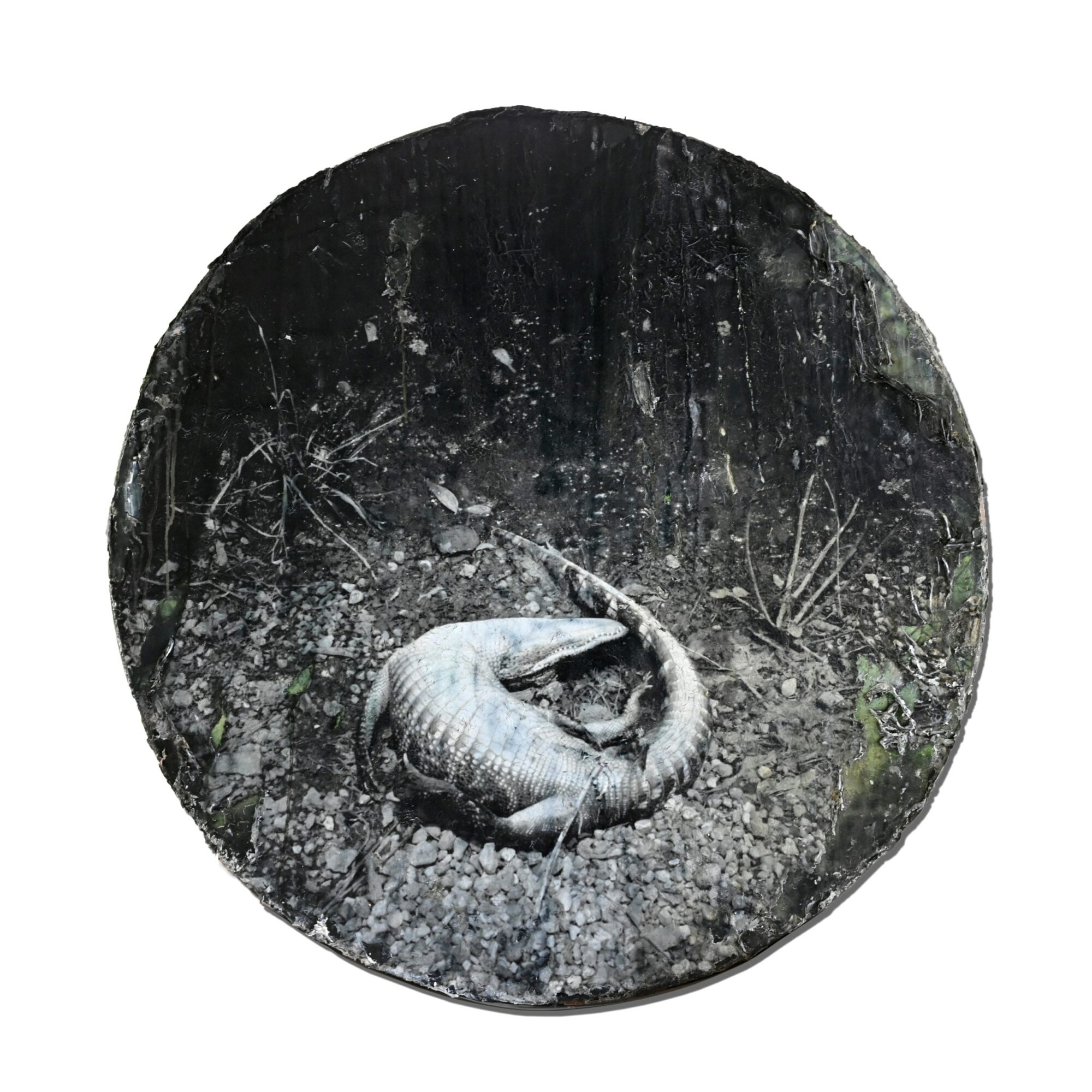
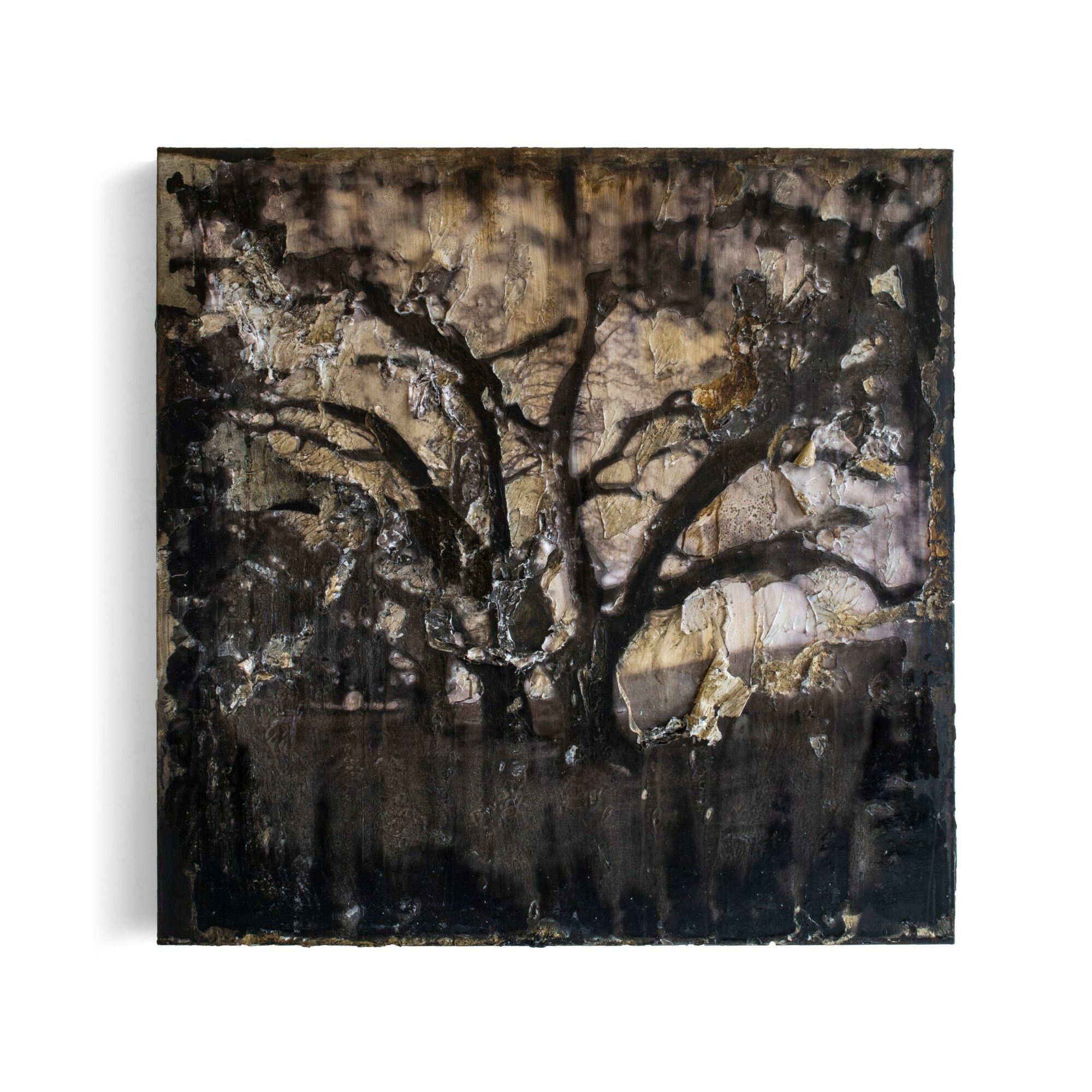
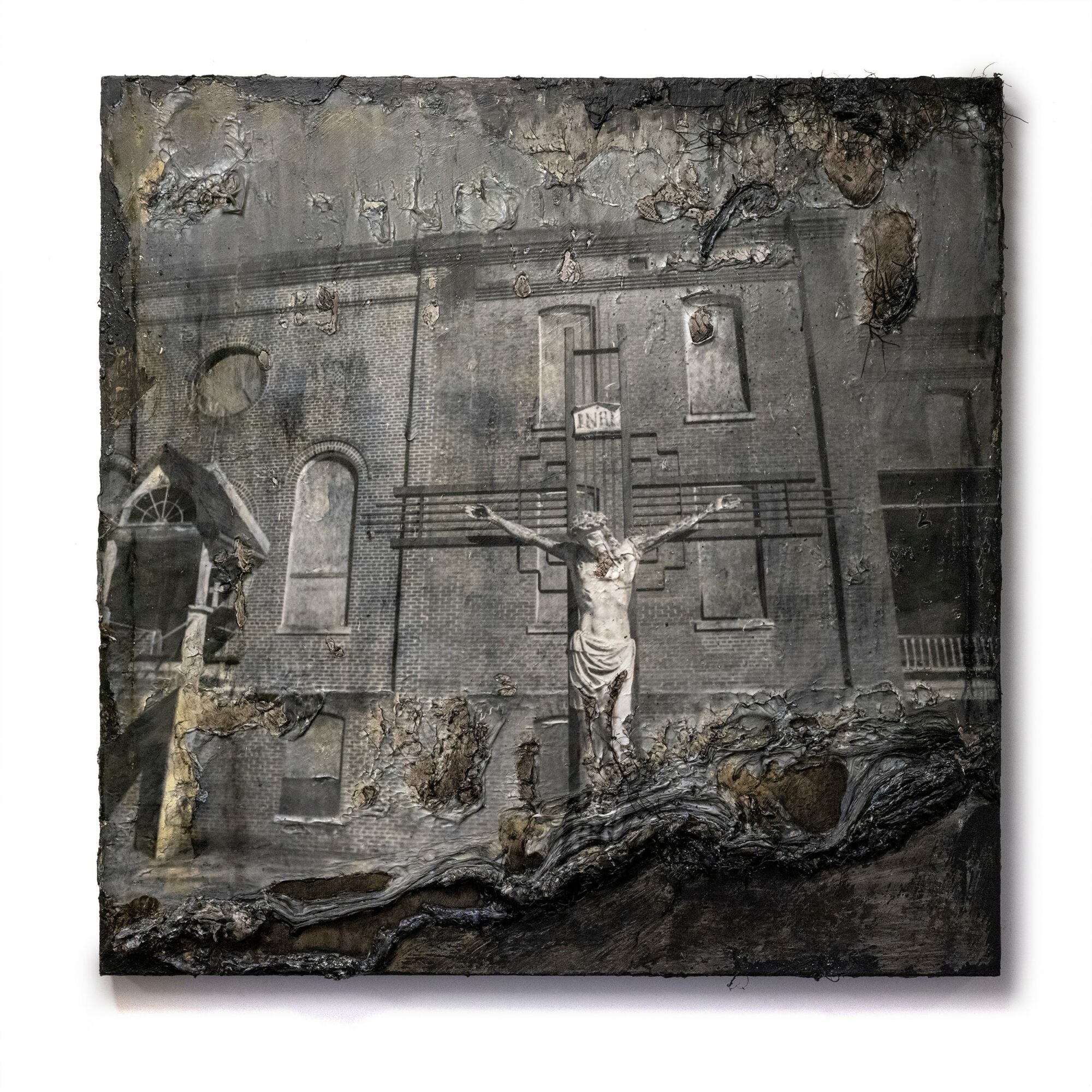
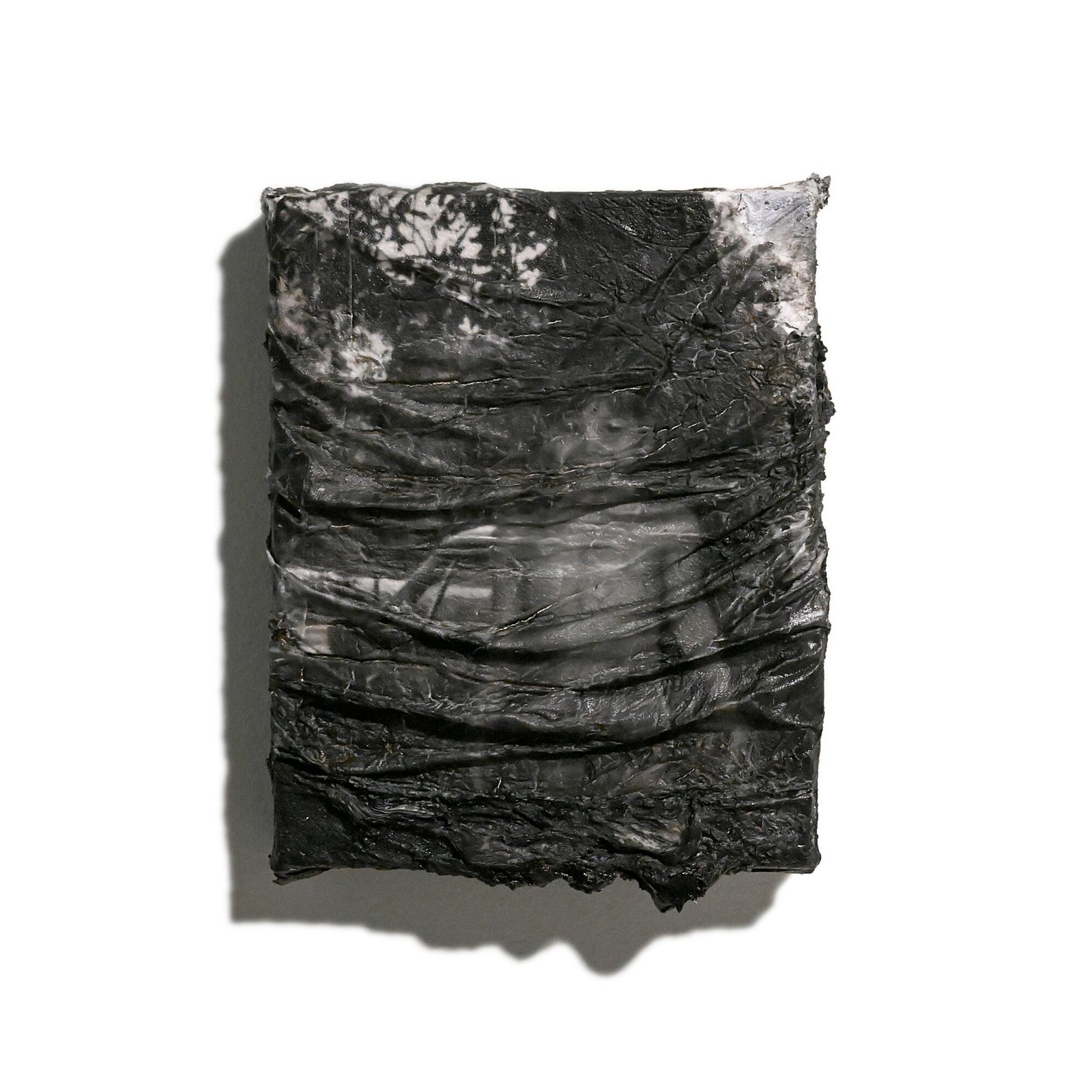
Image Credits
©Seth Adam Cook


